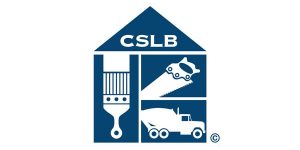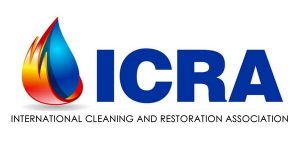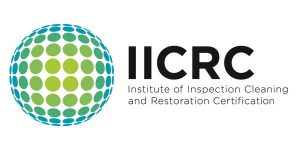
The dangers of toxic black mold have been overhyped in the media. But that doesn’t mean that it doesn’t present some serious health risks.
Like many other species, it damages building materials and can get so out of hand that entire rooms have to be torn down and rebuilt. That’s why it’s so important to bring in water damage restoration specialists whenever there’s been flooding or a major leak or spill.
Mold and mildew are types of fungus. Unlike plants that use photosynthesis, fungi live directly off nutrients dissolved in water. So they can thrive anywhere there’s lingering moisture, even if it’s in complete darkness. Molds spread by microscopic spores, sort of like seeds, that float in the air. And those tiny spores can reach just about anywhere through small cracks and other openings. With only a little time and dampness they can flourish and destroy carpet, sub-flooring, drywall, insulation, wood framing, and more
There are dozens of symptoms related to mold, ranging from the slightly annoying to the deadly. The most common health effects of exposure to mold are allergies. Those symptoms include sneezing and a chronic cough as well as eye, nose, and throat irritations. Like any other allergic reactions if untreated this may lead to sinus infections and other respiratory conditions.
So it’s important to avoid mold outbreaks through immediate water damage mitigation.
Mold Toxicity
It’s estimated that there are some 100,000 different species of mold worldwide, with around a dozen or so common at any location. In addition to allergens, most species release compounds known as mycotoxins. Fortunately, only a small percentage of species do so at levels hazardous to humans and pets. But those compounds are known to include neurotoxins (toxins attacking nerve and brain cells) and immunosuppressors (reducing your body’s immune system response against infections). Although the evidence is limited, it does suggest that chronic fatigue and headaches can result from exposure, and in the most extreme conditions, there can be organ damage.
Stachybotrys Chartarum, black mold, has been in the spotlight as the most notorious. But typically it’s not that much more dangerous than other common indoor molds that can be green, brown, or even pink. And not all black-colored mold is Stachybotrys Chartarum
What To Do
So color isn’t really a good guide of how hazardous a situation might be. The Center for Disease Control doesn’t recommend testing just to determine the species. Any mold growth should be removed. The Environmental Protection Agency advises that any outbreaks totaling more than a few feet across should only be handled by professionals trained in personal protection, contaminant isolation, and thorough spore and mold removal.
Professional Mitigation and Remediation Services
With spores already just about everywhere, active mold growth requires only water. And even appliance failures and leaks can create damp indoor spaces that support mold growth for weeks.
Mold can grow to hazardous levels in just a few days after an incident involving water. Even with professional equipment and training it usually takes a couple of days to get deeply trapped moisture down to safe levels, so it’s important to start water damage restoration efforts as soon as possible.
Without professional water damage remediation, the following situations usually lead to mold outbreaks.
- They are flooding whether from a storm, a sewer backup, a ruptured pipe or clothes washer hose, or a burst water heater.
- Leaks, whether in plumbing or the building.
- Overflowing bath tubs, dishwashers, or clothes washers.
You may have a hidden mold problem if you notice any of the following.
- Condensation on windows or plumbing fixtures.
- Rings or spots from prior water damage. Other signs include peeling or “bubbling” paint, warped wood, and rust.
- Musty smells or otherwise unexplained health issues.
Our remediation services begin with identifying all areas of concern, including locating hidden pockets of moisture. We then follow industry best-practices to avoid mold growth to the greatest extent possible.
- Surface water extraction using equipment that removes 2-3 times as much water as shop wet/dry vacuums.
- Structural drying using refrigerant dehumidifiers and other specialized equipment.
- Frequent monitoring and adjustments.
- Surface, carpet, and air-duct cleaning along with indoor-safe anti-fungal treatments as necessary.
For More Information: https://www.cdc.gov/mold/stachy.htm, https://www.epa.gov/mold/mold-cleanup-your-home









